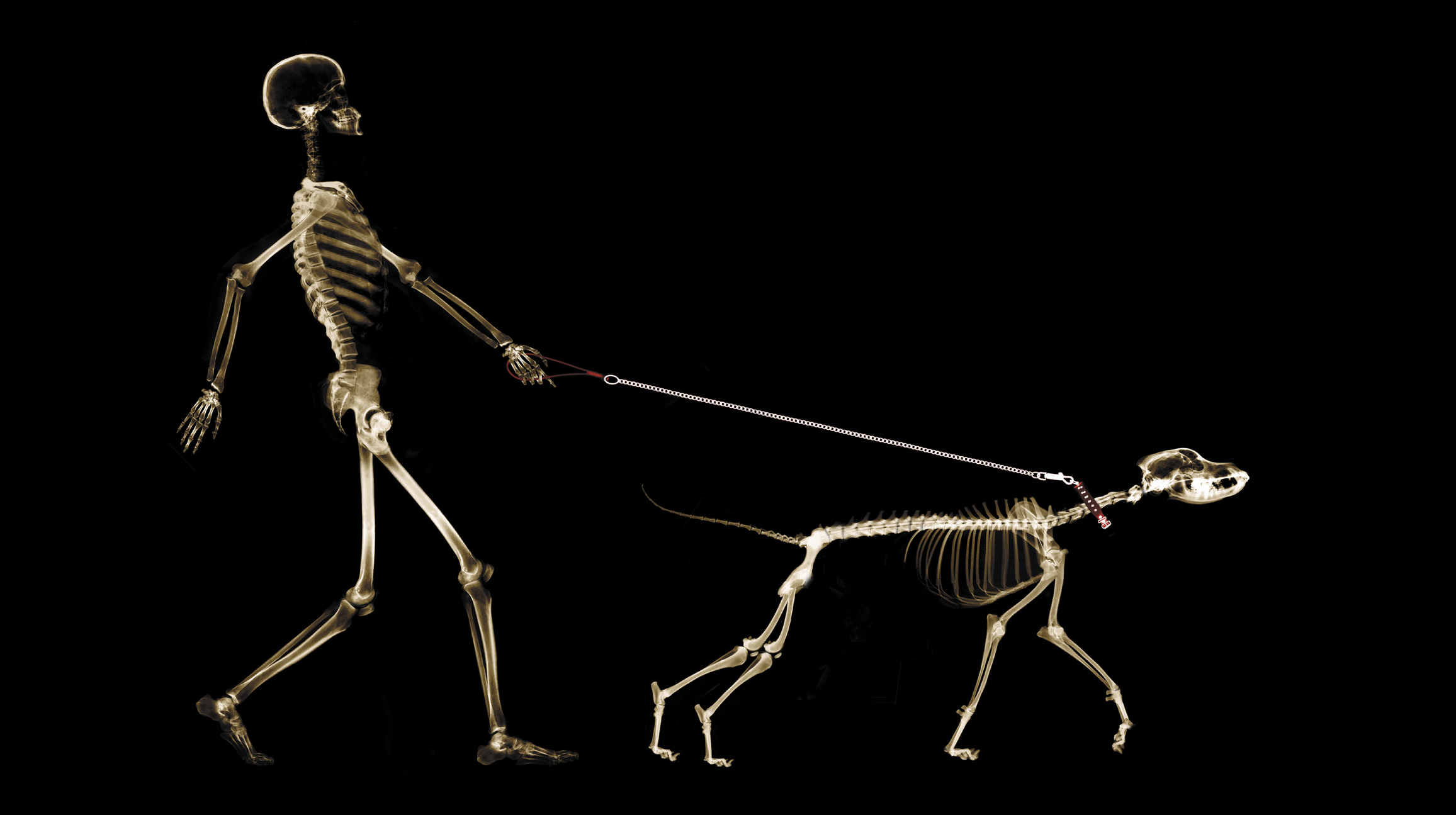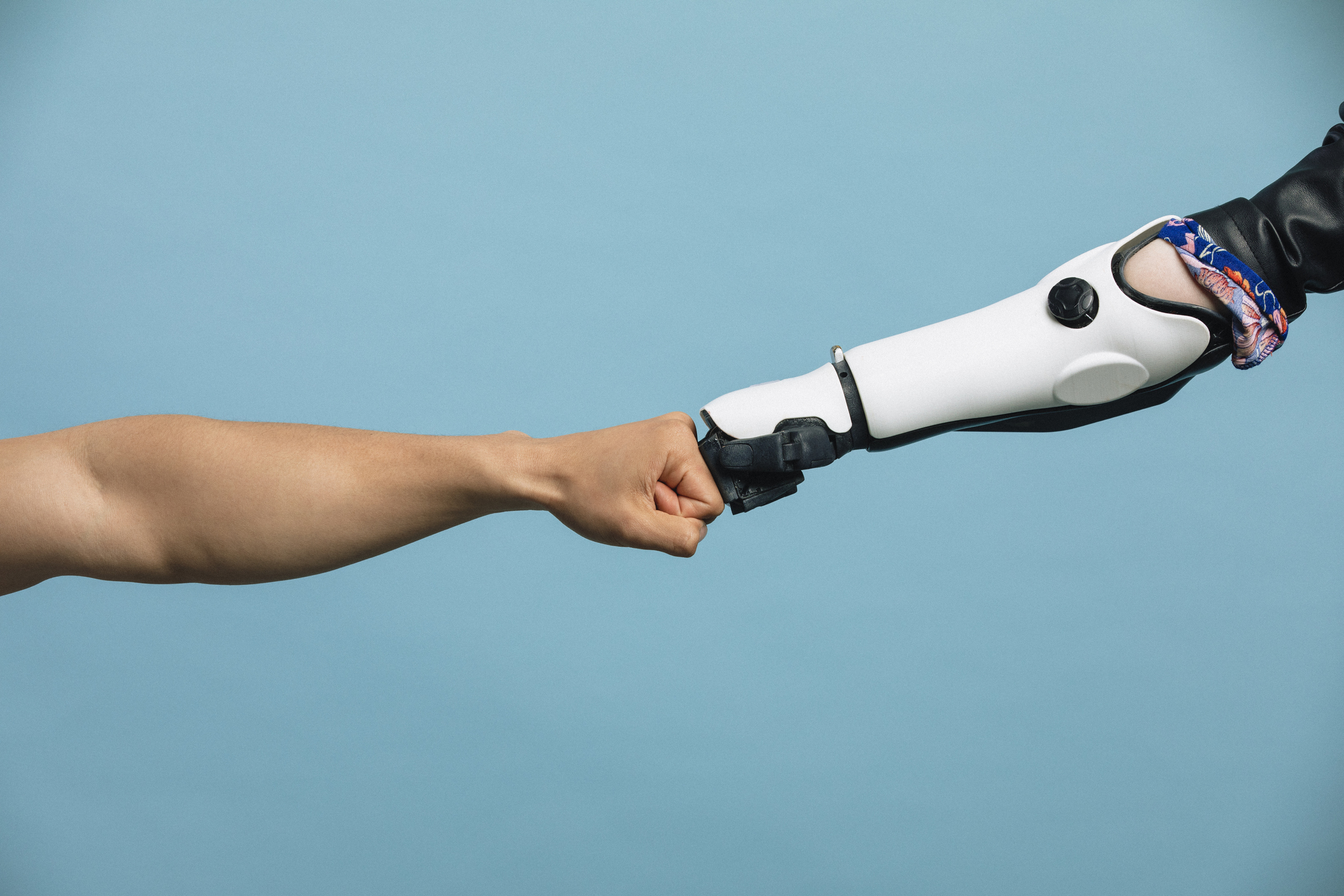Learning objectives
Knowledge
- To recognise the main bones in the body.
Working scientifically
- To measure and sort data.
Success criteria
Knowledge
- I can name key bones in the human
This content is for subscribers only. Join for access today.
National curriculum
Science
Animals, including humans
Pupils
This content is for subscribers only. Join for access today.
Cross-curricular links
Mathematics
Number – number
This content is for subscribers only. Join for access today.
Before the lesson
This content is for subscribers only. Join for access today.
Lesson plan
Recap and recall
Arrange the children in pairs and display the Presentation: Endoskeleton or exoskeleton? Allow the children to discuss the question, encouraging them to recall key vocabulary (e.g. endoskeleton, exoskeleton, movement and protection). Note: there is no one correct answer to the question.
This content is for subscribers only. Join for access today.
Extended-mode explainer videos
How to extend your display to view the lesson page and preseantion mode simultaneously. Choose your operating system below to watch the video
If you need further support with extending your display,
please contact [email protected].
Extended-mode explainer video: For Mac
Extended-mode explainer video: For Windows
Adaptive teaching
Pupils needing extra support
Could use the Activity: Build a skeleton: support version that could be pre-cut to allow pupils to glue the correct bone when they roll the corresponding number; could refer to the Knowledge organiser to help when labelling the Activity: Build a skeleton; could have the sheets from the Resource: Bones to measure numbered and the corresponding numbers added to their results table in the Activity: Recording bone lengths to reduce reading demand.
Pupils working at greater depth
Should independently reflect on the data collection and come up with their own suggestions for improvement when evaluating measuring bones; could be given maths challenges when rolling the die for the Activity: Build a skeleton, for example, 6÷3 instead of ‘roll a 2’; could choose an extension activity relating to bones from the Resource: Stretch and challenge: Movement and nutrition.
This content is for subscribers only. Join for access today.
Assessing progress and understanding
Pupils with secure understanding indicated by: identifying and naming the skull, spine,
This content is for subscribers only. Join for access today.
Knowledge outcomes
- I can name key bones in the human skeleton, including the skull, spine, ribs and pelvis.
- I can identify the location of the skull, spine, ribs and pelvis in the skeleton.
This content is for subscribers only. Join for access today.
Vocabulary definitions
-
conclusion
A summary of what has been found out, using evidence and scientific knowledge.
-
joint
Where two or more bones meet.
This content is for subscribers only. Join for access today.





